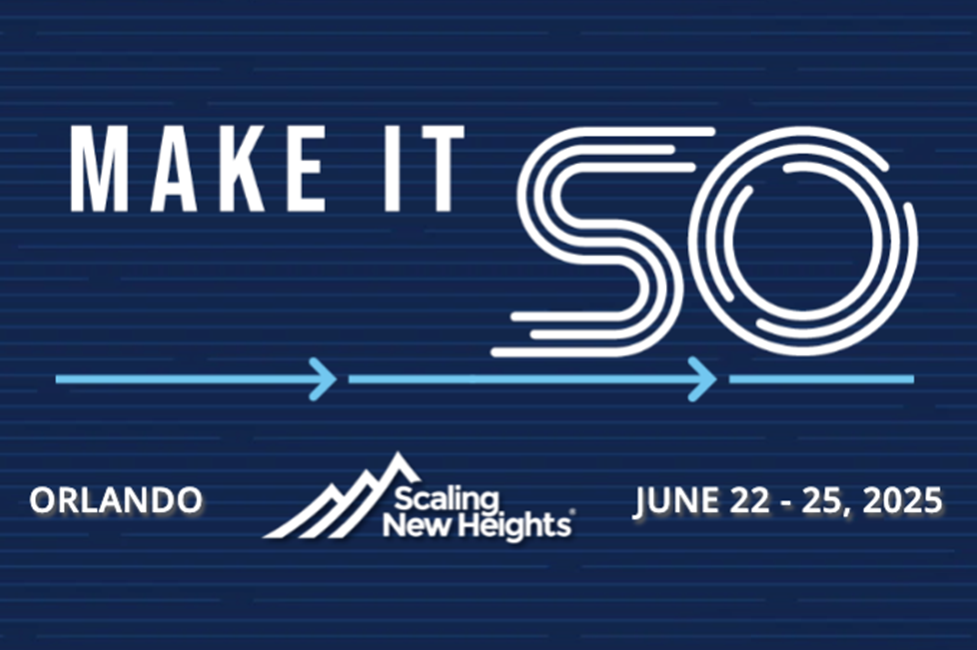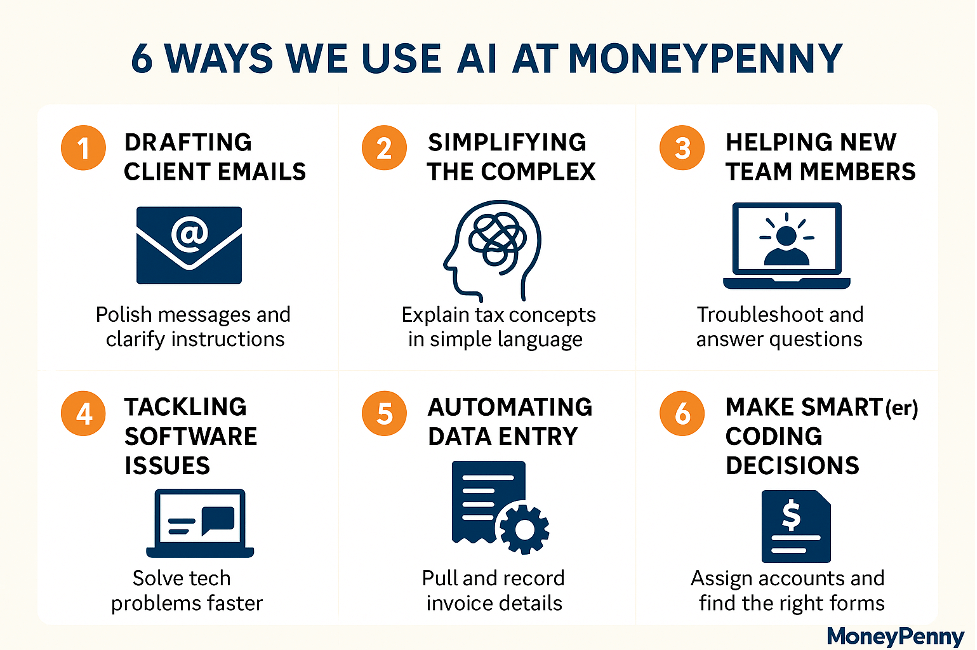Recently, I reviewed an analytics module added to FloQast, a cloud-based closing system for accountants. While there are several analytics systems accounting firms can use to report on the health of the firm’s business clients, FloQast is different. It is made for accountants by accountants to answer the question: HOW IS OUR FIRM DOING? The module is simple, and if you use the workflow, you can get detailed real-time reports on WHO, WHAT, WHY, HOW each client’s’ close, whether it already closed or is in process.
With the advent of apps, online systems, and mobile-enabled clients, the concept of hourly billing for that basic of all needs, a clean set of books, is becoming a non-starter. So if you are competing with every other accounting (large and small), bookkeeping, and digital accounting firm across the US and beyond, time is of the essence. Flat rate means you need to get the job done in the least amount of time. Profit occurs in the sweet spot between the cost of the work and the time to close. The faster the close, the higher the profit. Being able to know why a slow close occurred — employee, partner, or client — is vital.
In some cases, there can be a problem with the app that causes a slowdown. Maybe the auto-fetch of transactions broke down the first day of the month, and without a feed, we had to enter some transactions manually. Or the auto-fetch of source documents did not work, or the app sitting on top of the workflow failed to send info correctly, and we had to make manual entries to fix. While reviewing the analytics module with Shivang Patal of FloQast business development, we discussed the AI FloQast uses. I told Shivang the apps I plug into my GL are just as important to review as the employee, partner, or client.
I began writing a specific checklist for the apps that make up what I call, My Little Black Dress (LBD). The list includes the person performing the close review (since data entry is to be minimal), the name of the app, how it integrates, when we push or when we do the review, and how the final report reflects the incoming information. In the event the app didn’t work, the checklist also includes space to answer when and why it failed. We have a few other items in it, but I am sure you get the point.
To keep the competitive edge on my flat rate, I need to know if the app I am using on top of the accounting GL is worthwhile. Is it cost effective if I must repeatedly fix issues? Does my client understand the app and utilize it fully? If not, I need to know why. Does my team know how to review data as it hits the GL? In other words, do they understand the app and do they ask the right questions or provide the correct basis needed to fix the app quickly? Side note: it does amaze one when someone calls about a technology issue, and they aren’t able to tell you where in the process they were and what they were doing when it failed. This lack of information adds a few more days onto the fix…tick-tock, tick-tock.
So, yes, the AI that is now becoming a mainstay of our society is another cog in the wheel. I still need to verify that it’s working and, if it isn’t, replace it with something that will. Artificial intelligence is not better or worse than human intelligence; it’s merely different and requires just as much oversight.





